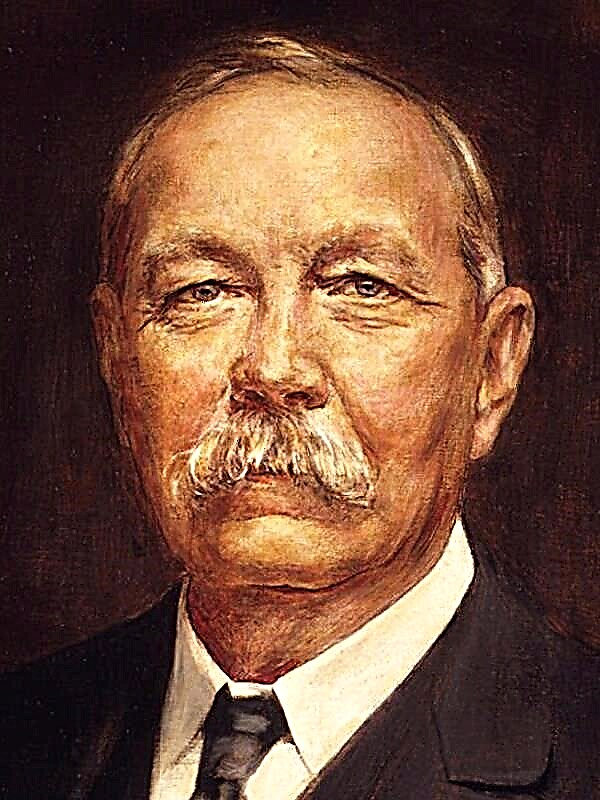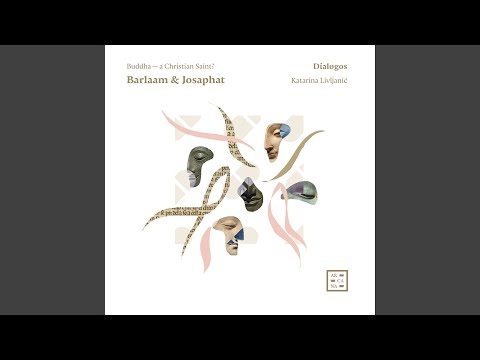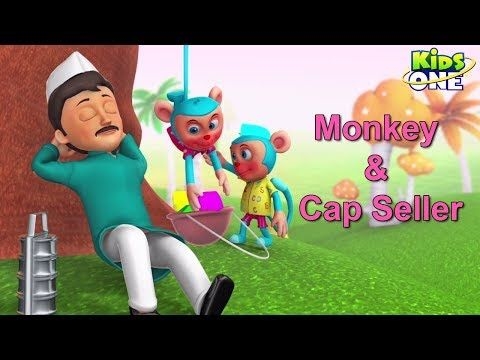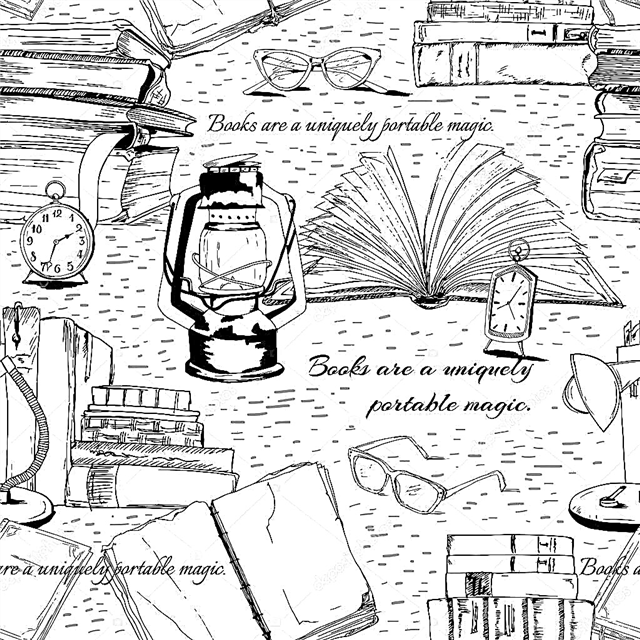The culture of the land of the Rising Sun is full of mysteries. It is difficult for us to understand and accept the postulates of Eastern philosophy, it is difficult for us to read their prose and poetry. But there is a nugget among them, many call it the Japanese Kafka or a follower of Dostoevsky. Kobo Abe is an amazing person who managed to erase the cultural borders between Japan and Europe. He gave the compatriots a theater of the absurd, and left us many amazing novels, one of which is called “Woman in the Sands”.
History of creation
The story of the creation of the novel began in 1951. Then Abe in his novel “The Wall. Crime of Mr. S Karuma ”touched upon a theme in tune with“ Woman in the Sands ”. The protagonist bears a terrible fate - he turns into a business card. Because of this, he is no longer recognized, because the name can be easily replaced by the serial number of the card. In a person’s personality, total changes occur. He ceases to understand who he is and why he came to this world, begins to defend himself from external influences, surrounds himself with a kind of “wall” that closes the hero’s path to liberation.
Similar plots are also present in such novels by Kobo Abe as “Alien Face” (1964), “Box-Man” (1973), “Burned Card” (1967)
Genre and direction
“Woman in the Sands” is a novel written in the best traditions of postmodern literature. Some critics compare it to existential literature. In particular, Abe’s thoughts coincide with those of Franz Kafka and Jean-Paul Sartre. The protagonist remotely reminds us of the familiar Gregor Zamzu and Antoine Rokanten.
The concept of a Buddhist koan speaks of Japanese culture in the work, according to which the action develops in the novel. The monk (Niki Dzumpey) is desperate for a solution to the mystery created by the guru (woman) in the format of a philosophical question. In an attempt to find an answer, a person learns the truth, and so the main character found a way out for himself - humility.
The main characters and their characteristics
- Nicky Jumpey - a man passionately keen on studying insects. He comes to the wilderness to find a punk fly, but ends up in a pit in the middle of the desert. Kobo Abe reveals to us the way of becoming, from a freedom fighter the hero turned into a humble slave. The figure of a small man peers through the lines, resembling Gogolev’s “Overcoat”. Only at Abe do we see the opposite effect. A wave of indifference covers the scientist with his head, in the end he does not try to do anything when an ideal opportunity for escape appears.
- The work tells about a man, but the main character is sand. Descriptions of its various states, which can sometimes frighten, occupy most of the book. And here it is interesting to consider the symbolism of sand, which refers to religion. In Buddhists, sand is usually associated with cleansing, bathing, as in arid regions it replaced water when washing and cleaning dishes. In Christianity, sand symbolizes instability, destruction, destruction, and the passage of time (association with an hourglass). Thus, changing the attitude towards imprisonment, the hero moves from the Christian paradigm of thinking to the Buddhist one, since his interpretation of the same sand is changing.
- Now let's look at one of the heroines of the novel - a woman. She is clearly not burdened by her existence, humbly accepts her fate, thereby preaching Buddhism. The man, in contrast to her, is a representative of the Europeans: he is not a typical Japanese, because initially he was not ready to submit to circumstances. The heroine has no name, since she is devoid of individuality, her whole essence is spilled in the elements surrounding her. This again plays an important role in opposing cultures, for the cult of individualism is the cornerstone of European philosophical thought. Of no less importance is the fact that she is a woman, while the weaker sex has more developed feelings, not reason. The heroine does not try to live rationally, she is driven by emotions, intuition and subconscious motives.
Theme
The theme of the novel is very extensive. Here we can catch reflections on love, hatred, loneliness, consumer attitude to women, the monotonous course of life, dreams and aspirations.
- Love and hate closely intertwined with each other, because initially the hero is angry at the limp, apathetic and yet overpowering woman. Later, their relationship was replaced by a feverish and controversial passion, in which Nicky Jumpey loses his name and becomes just a man. At the same time, his desire for freedom does not weaken, even intensifies along with the thirst for the female body, but both of these aspirations are opposed to each other. In this confrontation, the writer shows the eternal duel between freedom, personal integrity and love, which changes a person and takes away his independence. His existential European hero wants to save himself, desperately resists and brutally succumbs to attempts to remain himself.
- Meaning of life. Initially, the captive is wildly feeling that the inhabitants of the sand pits are completely useless. They dig up sand, which soon returns to its place and falls asleep in their homes. They just delay the onset of the end, and do not solve the problem. However, they do not leave the impoverished village in search of a better share. But the author carefully observes that Nicky’s office existence is no better, or even worse, than the woman’s life because of the hypocrisy surrounding him. Thus, what we begin with a sense for the species is just a vegetation in a sand pit. The woman wanted a radio in the same way that a man wanted to find a punky fly; there is not much difference between them.
- Loneliness. Nicky is no less alone than the heroine who lost her family. It’s just that he skillfully deceives himself, being in society, tying up a non-binding novel, etc. He lived in the same pit and in the city, because no one really understood him. Colleagues considered him strange, his girlfriend did not attach much importance to their novel, etc.
- Freedom. The hero wants to escape from captivity, but only by the end understands that the whole world, by and large, is a desert, where people wander in search of radios, and to find them and continue walking, they scoop up sand - time that strives to fill them with any a minute. With this approach, freedom is only an appearance.
- The author also suggests that the reader reflect on religionif he finds in the text a lot of skillfully hidden hints. As already mentioned, two philosophical paradigms are opposed - East and West. A rational, fixated on his personality, rebellious man and a Stoic woman, calmly and serene feeling life as it is.
Problems
The main problem in the novel is revealed by reasoning about the meaning of life. The man lost touch with the outside world, completely focused on his own "I" and realized that his life in an abandoned village is almost no different from life in Tokyo. It is at that moment that the motive of resistance disappears. The hero calms down, trying to accept the idea that he is just a grain of sand, like all the people around him. If before he tried to find a reason to consider himself exceptional, now he has surrendered to the free movement.
But Niki Dzumpey, almost at the very end of the work, discovers water in the sand. And this detail is not random. At that moment, he understands that life and its salvation depend only on himself. His attempts at resistance were not unfounded. Water is a kind of reward for diligence. Here, the symbolism of water and sand in the work becomes apparent. Sand is a society that requires every submission and sameness, and water is life itself, and it can allow a person to be reborn, become different, wash away all established orders and resurrect in a new guise.
Meaning
The meaning of the novel lies in the question that is read between the lines - what position of human life is worthy of respect? The endless struggle with society and everyday life, or is humility with its insignificant and gray role in this world? Here the acute question is the eternal question of the existence of man, of humility and opposition, of the inevitability of fate or the possibility of changing reality.
“A fish torn off a hook always seems more caught» — so Kobo Abe in one quote from his novel as if prompts us the answers to the questions asked. We wrote more about this here.
Characters
The value and role of the image of sand in the work we described in the paragraph "The main characters and their characteristics", the water symbol was dismantled in the paragraph "Problems", what else remains unsolved?
- Spanish fly. The hero goes precisely for this insect, from which I make deadly poison. For example, all the guests of the Marquise de Sade died of such an additive when he wanted to prank them in front of an orgy. This creature also brought death to the collector, because it was because of him that he fell into a trap. By the way, Niki’s hobby is not accidental: the author put him in the place of a captured curiosity, doomed to death in captivity.
- Desert - a symbol of loneliness and devastation. The hero appears to the reader as a smooth, lifeless surface when he spends his vacation alone walking in the sand. By the way, it was in the desert that the prophets met with temptations, and then with the creator himself. Perhaps this is a reference to the Christian mythological world, where fateful meetings with God occur far from people and cities. So Niki Dzumpey discovered the truth in those places.
- Sea - a symbol of rebellion and storm in the soul. It is constantly heard by the protagonist, as if all the time is nearby. It is also an important guideline for escape.
- Pit in the sand Is a metaphor for our existence. Circumstances constantly threaten to fall upon us, but we rake them in order to continue to live. Without this monotonous work, it is impossible to exist.
Criticism
The most famous philologist-orientalist Nikolai Fedorenko spoke about the work of Kobo Abe in this way:
Abe's language is lapidary: with a certain amount of compression it is deeply expressive. No leveling of the tongue: it is kept clear, vibrant, rooted in live speech. The writer has his own original style. And their beliefs and affections. It seems that his main pain was the pain for the man of that Japan, of which he is a contemporary. Perhaps there are not too many writers in Japanese literature who feel so painfully guilty of society, the guilt of a person who himself lives in this social environment and who is obsessed with the tragedy of what is happening.

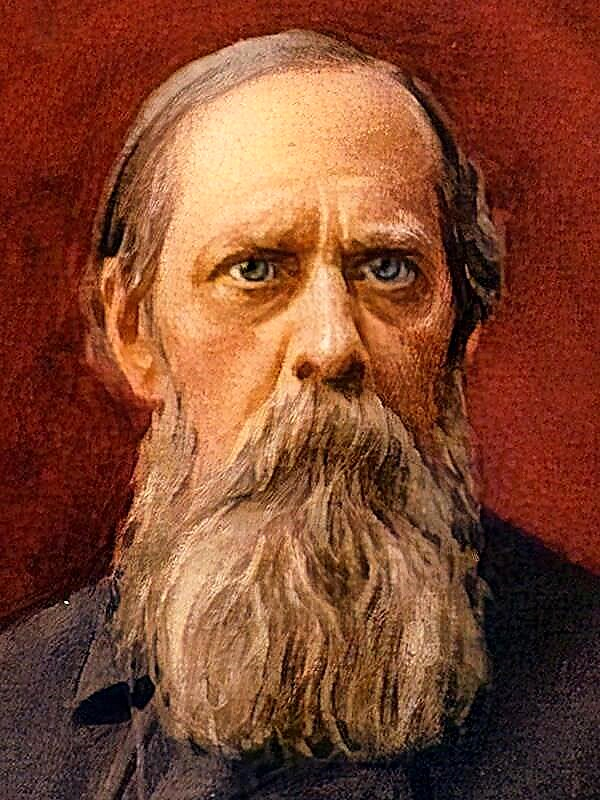




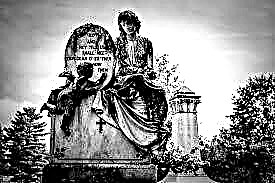
 Buddenbrooks
Buddenbrooks